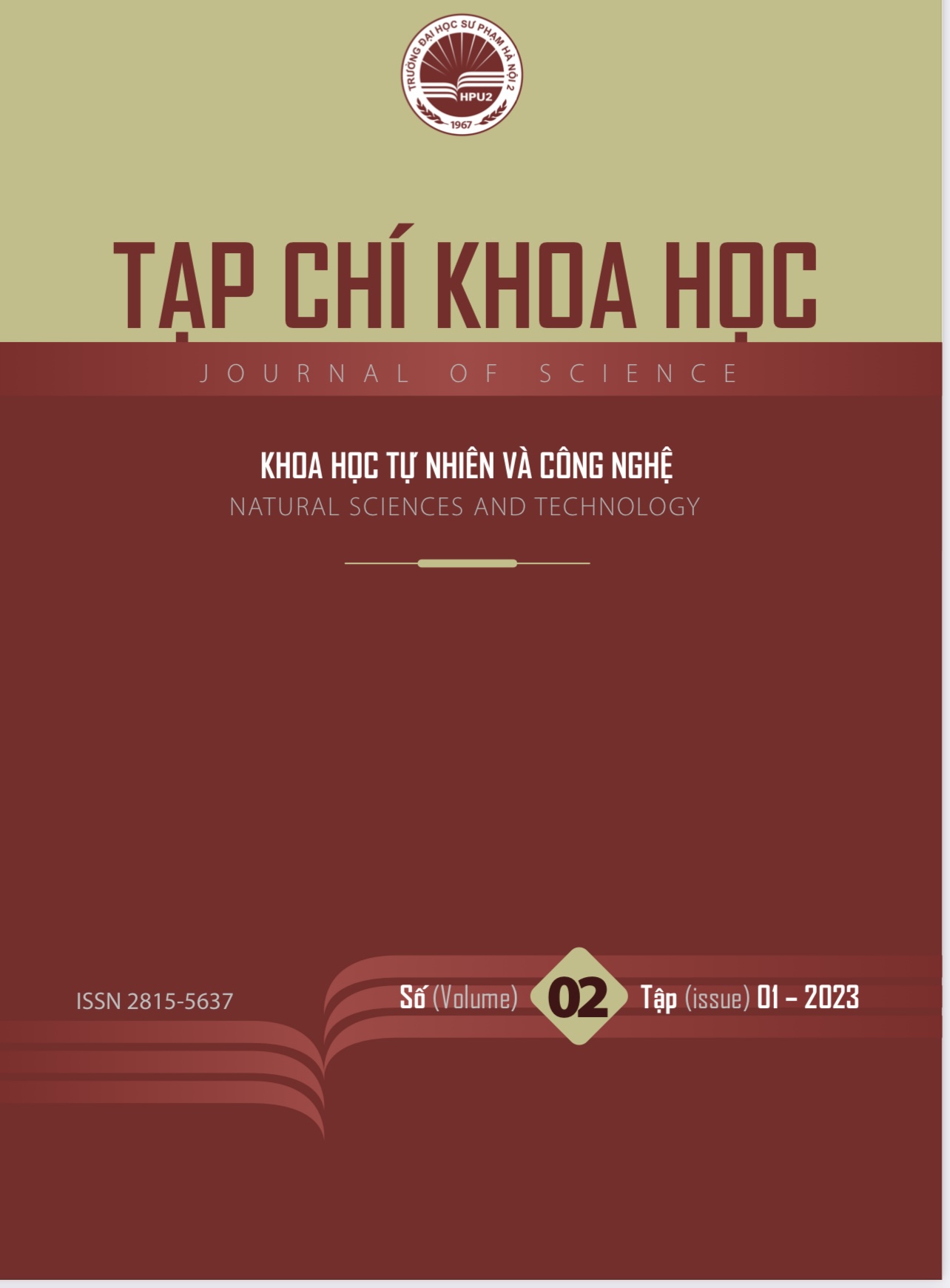On the puiseux theorem
DOI:
https://doi.org/10.56764/hpu2.jos.2023.1.2.25-37- Keywords:
- the Puiseux Theorem
- the Puiseux theorem
Abstract
In 1850, Puiseux solved the problem of finding roots of complex polynomials in two variables and proved that the field of these series is algebraically closed. His proof provided an algorithm constructing the roots.
In this article, based on the paper “Ha Huy Vui, Nguyen Hong Duc. On the Lojasiewicz exponent near the fibre of polynomial mappings, Ann. Polon. Math. 94 (2008), 43-52”, we give a different algorithm computing Newton - Puiseux roots of a complex polynomial in two variables. This algorithm is more effective in practice.
References
. E. Casas-Alvero. Singularities of Plane Curves. Number 276 in London Mathematical Society Lecture Note Series. Cambridge University Press, Cambridge, UK, first edition, 2000.
. Ha Huy Vui, Nguyen Hong Duc. On the Lojasiewicz exponent near the fibre of polynomial mappings, Ann. Polon. Math. 94 (2008), 43-52.
. T-C. Kuo, A. Parusi´nski, Newton polygon relative to an arc, Real and Complex singularities, Chapman & HallCRC Res. Notes Math, 412 (2000), 76-93.
. Puiseux, Victor Alexandre (1850). Recherches sur les fonctions alg´ebriques. J. Math. Pures Appl. 15: 365–480.
. Puiseux, Victor Alexandre (1851). Nouvelles recherches sur les fonctions alg´ebriques. J. Math. Pures Appl. 16: 228–240.
Downloads
Published
How to Cite
Volume and Issue
Section
Copyright and License
Copyright (c) 2023 Journal of Science - HPU2

This work is licensed under a Creative Commons Attribution 4.0 International License.







